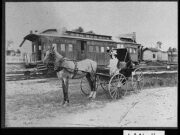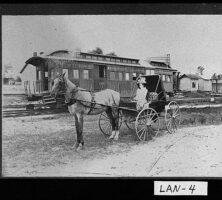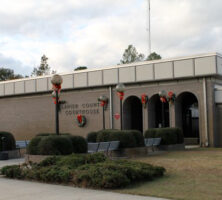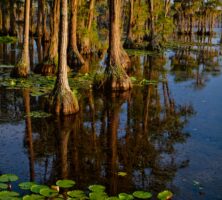Lanier County, in southern Georgia, is the state’s 157th county. Named for the Georgia poet Sidney Lanier, the county was created in 1920 with land taken from Berrien, Clinch, and Lowndes counties. Its 187 square miles were formerly held by Creek Indians. The county is home to several lakes, including Banks Lake, Grand Bay Lake, and Lake Irma.
In the first part of the nineteenth century, settler Joshua Lee built a dam on his land across Banks Lake’s drainage creek to power a gristmill. Lee’s mill, a three-story building, became the center of trade along the stagecoach route between Thomasville and Waycross. As other mills and businesses grew up around Lee’s mill, a village developed that was named Alapaha by residents, after the nearby Alapaha River. In 1832 the community took the name Milltown because of the number of mills nearby. When the town incorporated as a city in 1925, its name was changed to Lakeland, reflecting its proximity to several lakes. Today Lakeland is the county seat for Lanier County. The first courthouse, built in 1921, was replaced in 1973 by the current courthouse.
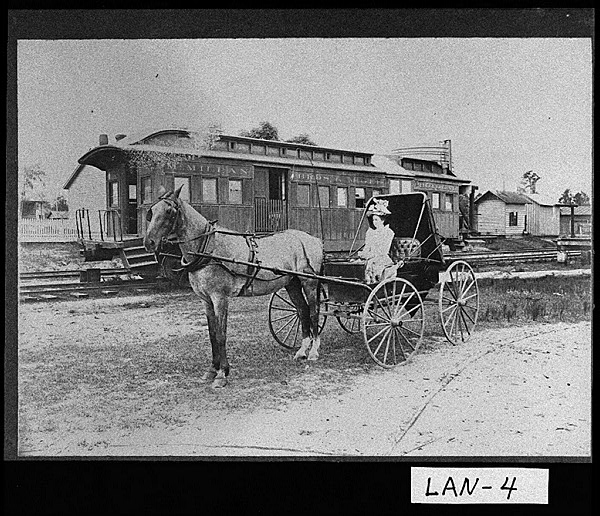
The community of Stockton, incorporated from 1876, when it was still in Clinch County, until 1995, was originally called Registerville. It took its present name from a railroad official who oversaw the grading of the Atlantic and Gulf Railroad through the town.
The county’s economy has remained rural in nature, but the educational, health, and social service sector was the largest employment category in 2006. Factors contributing to this economy include the presence of Moody Air Force Base (shared by Lanier and Lowndes counties), the several lakes and nature reserve, the hospital, and a large state correctional facility.
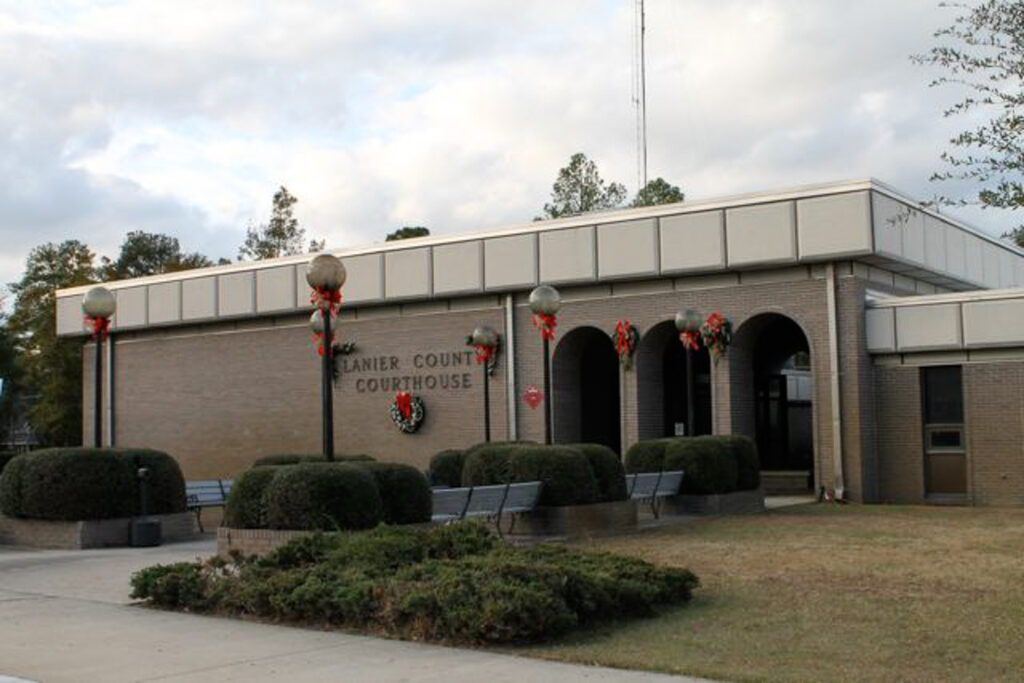
Notable residents of Lanier County include E. D. Rivers, who served as governor of Georgia from 1937 to 1941.
The Banks Lake National Wildlife Refuge, established in 1985, hosts approximately 20,000 visitors annually. It provides hiking, fishing, and boating opportunities on more than 4,000 acres of water, marsh, and swamp. The Robert Simpson III Nature Trail, dedicated in August 2001, is located within the Lakeland city limits on 75 acres of pine and hardwood forests.
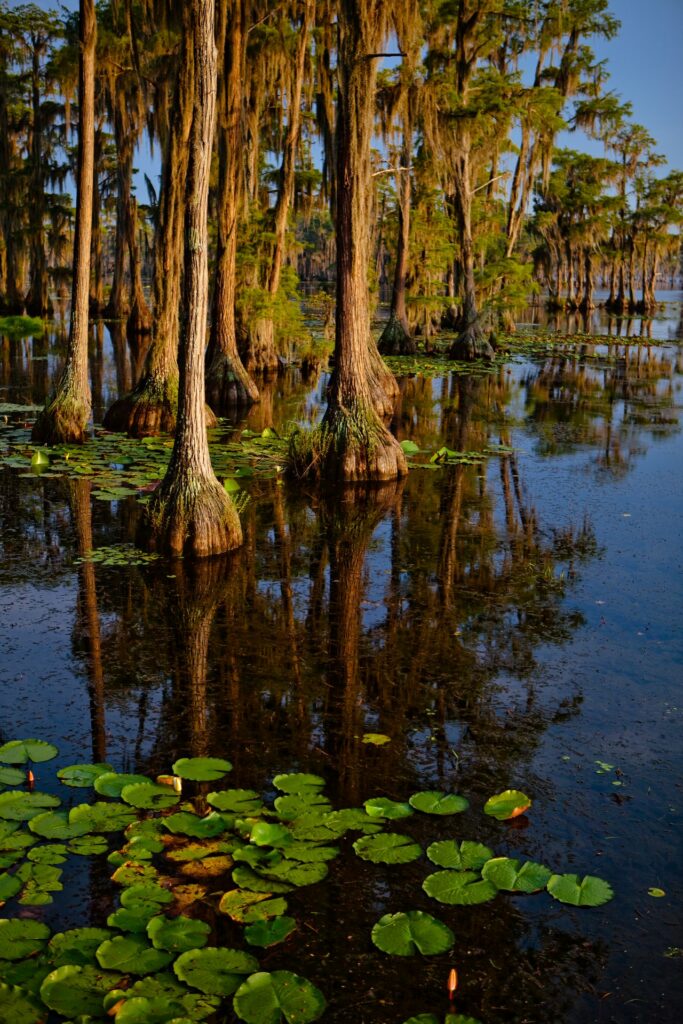
Historic sites include Governor Rivers’s house, which was moved from its original spot on Banks Lake to West Main Street in Lakeland in the early 1980s; Union Baptist Church, located near Georgia Highway 135; and Fender Cemetery, located east of Lakeland at the junction of U.S. 221 and Georgia 37 on land that once belonged to David Fender. The site of the cemetery, in which many of the area’s first settlers are buried, was chosen so that mourners would not have to ferry their dead across the river for burial. Also, the “Murals of Milltown,” which depict community life in the 1920s, grace the exteriors of buildings in downtown Lakeland.
According to the 2020 census, the population of Lanier County is 9,877.


